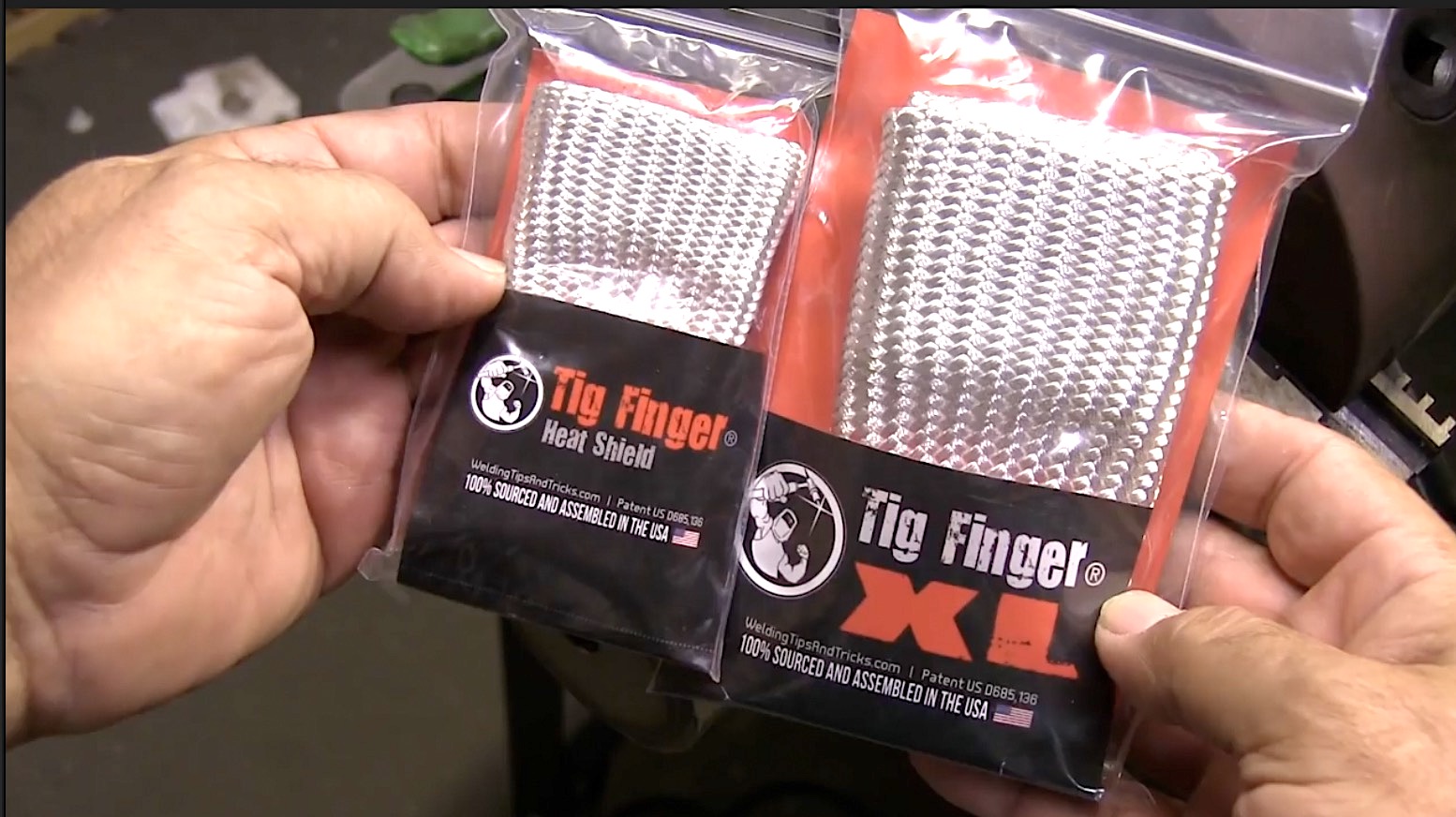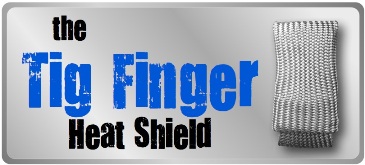UA41 Weld Test - Tips for passing a 6g 2" schedule 80 Welding test using 309 rod
this is part 2...see part 1 here
This is the UA41 weld test video part 2... of what will probably wind up being 4 parts.
Next
up will be the cover pass using the free hand technique and a TIG
finger...and then I might drop back and show some walking the cup
technique videos just to mix things up.
Since this welding test is 2" sched 80 pipe, I freehand it using a TIG finger.
what others are saying about their TIG Fingers....
"Hey jody just wanted to make a comment on the tig finger. It is by far money well spent I weld mostly thin gauge stainless and like to rest my hand right on the metal when im welding. Even when I repair aluminum diesel tanks for semi trucks I can run 220 amps while resting the tig finger close to the weld with it only gettting warm. Well done. Thanks for the great product" ....LR
"First I would like to say that I ordered your Tig finger 3 pack for myself and a couple of friends.
We all LOVE it. We're seeing more and more Tig pipe jobs coming up and this has helped a LOT when it comes to being able to keep one finger on the piece of pipe for stability. Now just to get a water cooled Tig torch "
~Thanks
"The tig finger is the best thing you can have for welding tubing in racecar chassis !! I have never seen anything work this well, no more hot fingers or bad welds trying to finish in a hot spot this is a great product well worth the money. Love the tips on alu.
"Thanks ,
Mike @ Midwest
TIG fingers are very good for horizontal butt roots, bought myself 12 and only have 2 left as everyone wanted to buy it :) made some monies. Great videos as well. I always use them to refer to for correct techniques, Thank You! Got 6g pipe test this month. 100% will be using my TIG finger..
I have nothing against "walking the cup" on 3" and above but...
I prefer to freehand on small diameter pipe for 2 reasons:
- Its hard to walk the cup on small bore pipe..the cup slips and I need more freedom to move than walking the cup gives me on 2" and smaller.
- For root passes, I sometimes use a straight forward and back technique that just does not work with walking the cup.
So first, here is a bit of review on what was done in part 1.
- Prepped the pipe joint to clean bright metal at least a half inch away from the weld joint
- taped the ends to make sure I would get a good purge
75 amps and 3/32" (2.4mm) 309 ss tig rod for the tack welds
tapered/feathered the tacks - 1/8" (3.2mm) gap and 3/32" (2.4mm) filler rod using dip and keyhole method
- ground out tacks and keyholed right thru them
- slightly less amps on bottom and fed a bit more rod on bottom
wider weave on top with less rod added - 15cfh purge gas using 15cfh on torch gas with #7 gas lens cup
Sometimes the hot pass is welded at the same amperage as the root but it really depends on the method used for the root and how much filler was added on the root pass....how thick the root pass is.
A light root pass like you sometimes get using the lay wire method might require the hot pass to be welded using same amperage as was used on the root pass.
But with dip keyhole technique , which is usually a slower technique, the root pass often ends up being heavier and so it can tolerate more amperage for the hot pass without risk of melt thru or suck back.
Its all relative....but one thing is for sure...you go to a lot of trouble to get a good root pass and you don't want to screw it up by welding too hot on the hot pass and sucking back your nice root.
...and that brings me to another important tip and that is to let the root pass cool completely before welding the hot pass. and let it cool between each section of the hot pass too.
Sometimes, it you can get going and outrun the heat, more amps works better....But you had better be able to move out because if you get hung up and are using too much amperage,...it can be game over pretty quick.
I used 70-80 amps for the root and about 110 amps for the hot pass. 3/32" (2.4mm) rod on root, 1/8" (3.2mm) for hot pass.
Also, I have had a few questions about welding carbon steel using 309 rod..
Welding carbon steel tests using 309 stainless rod is actually very common. The 6g weld test depicted in this video is a provision of ASME section IX code for qualifying welders and provides for a broader welder qualification than welding stainless with stainless rod, or carbon steel with a carbon steel rod.
309 rod is used routinely for welding carbon steel to stainless steels. In fact that is pretty much what it was engineered to do... But for certain applications, 309 can be used to weld carbon steel to carbon steel or for weld build up of worn areas of carbon steels.
And its also used as a maintenance type rod or "all purpose type" steel rod because of its ability to resist hardening or cracking when welding steels of unknown composition.
It is NOT a good idea to use 309 indiscriminately for carbon or alloy steels.
Like one guy on a welding forum put it:
"Why use 309 for carbon steels when er70 wire works just fine...and is dirt cheap compared to 309? Besides, with the mixture of carbon steel and 309 going on, only a metallurgist or baby Jesus knows the composition of the welds"















